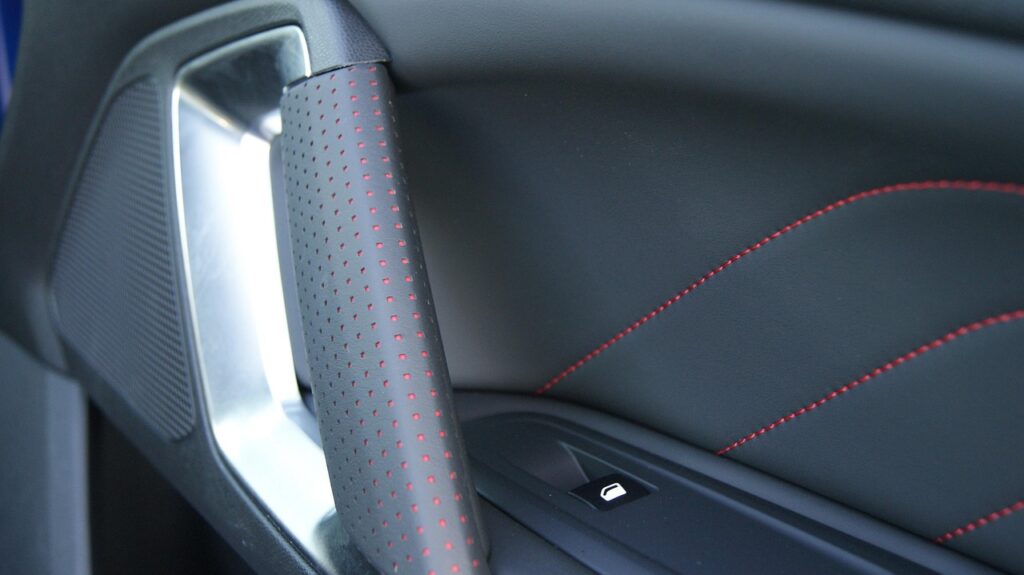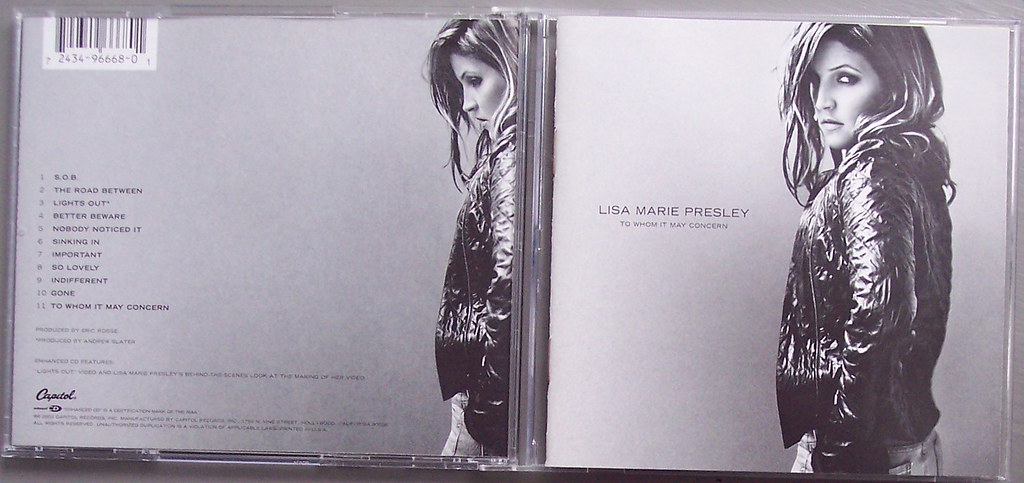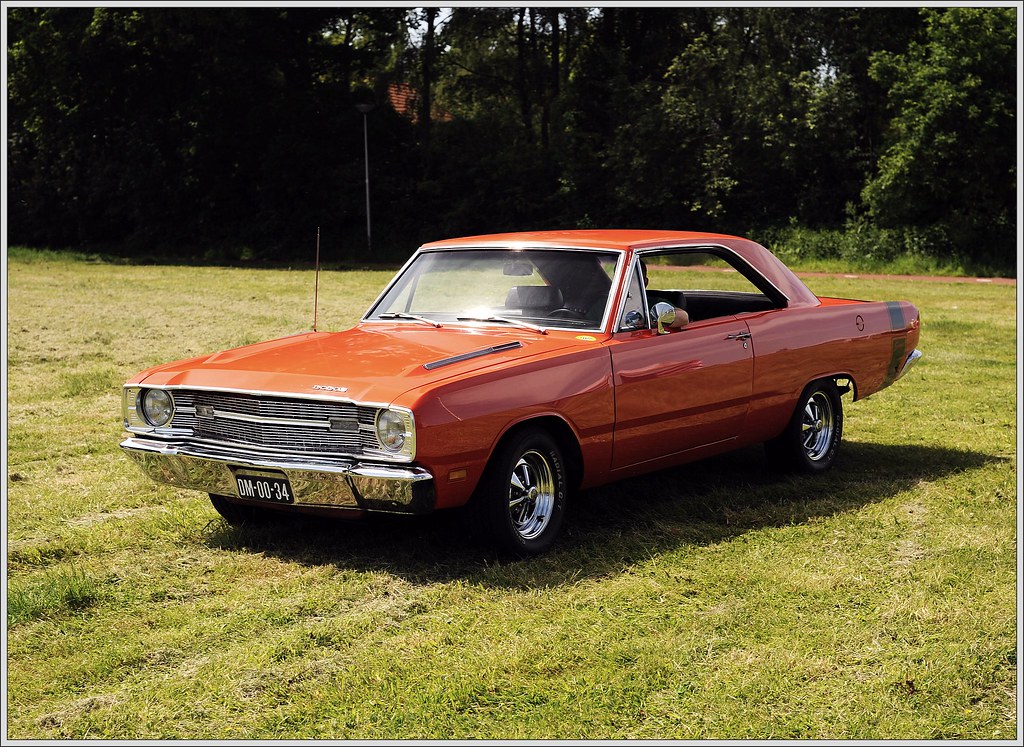
There is a distinct moment when you open the door to a brand-new car and are greeted with a crisp, clean scent that feels both luxurious and satisfying. This unique fragrance is not merely a detail; it is a sensory experience tied to new beginnings, meticulous care, and a sense of control over your personal space. However, as the miles accumulate and daily life unfolds, most vehicles inevitably begin to lose that initial freshness.
Whether from routine use, environmental factors, or the subtle buildup of everyday grime, even diligently maintained interiors can start to smell less refined than they once did. The allure of that “new car smell” is almost universal, with most drivers reporting they find the unique aroma of their new vehicle oddly satisfying. Unfortunately, this coveted scent often dissipates naturally within a few months, leaving many car owners searching for effective ways to restore it.
Many attempt to reclaim that showroom aroma with simple air fresheners, only to find the results short-lived or ineffective. Professional detailing experts confirm that achieving a lasting fresh scent is impossible without first performing a meticulous deep clean. This guide, drawing on extensive analysis of professional detailing techniques and the underlying science of scent, outlines a proven, step-by-step process to move beyond superficial masking and truly restore a showroom-fresh aroma to your vehicle.
1. **Understanding the “New Car Smell”: The Science Behind the Scent**The iconic “new car smell” is often mistakenly perceived as a singular, pleasant fragrance. In reality, it is a complex cocktail of chemicals, specifically Volatile Organic Compounds (VOCs), released through a process known as “off-gassing.” These VOCs emanate from various new interior materials within your vehicle, including plastics, adhesives, and fabric treatments.
Among the primary chemicals involved are benzene, cyclohexanone, and styrene. While many find the scent agreeable, understanding its true nature is important. According to research from multiple scientific bodies, exposure to these VOCs can potentially cause irritation for sensitive individuals. Studies from sources like the Commonwealth Scientific and Industrial Research Organization (CSIRO) have indicated these VOCs can include potentially harmful chemicals.
Jeff Gearhart, research director at the Ecology Center, noted that “automobiles function as chemical reactors, creating one of the most hazardous environments we spend time in.” Therefore, the goal in restoring a “new car smell” is not to perfectly replicate these potentially harmful chemicals. Instead, it aims to safely replicate the feeling of newness, fundamentally about absolute cleanliness and a neutral, fresh scent.
The good news is that high levels of VOCs and other chemicals don’t last long. Studies show that airborne chemical quantity in a car’s cabin decreases drastically within just a few weeks. CSIRO found that concentration was around 30 times lower after six weeks, and approximately 40 times lower after six months. This means the most intense off-gassing period is relatively brief.
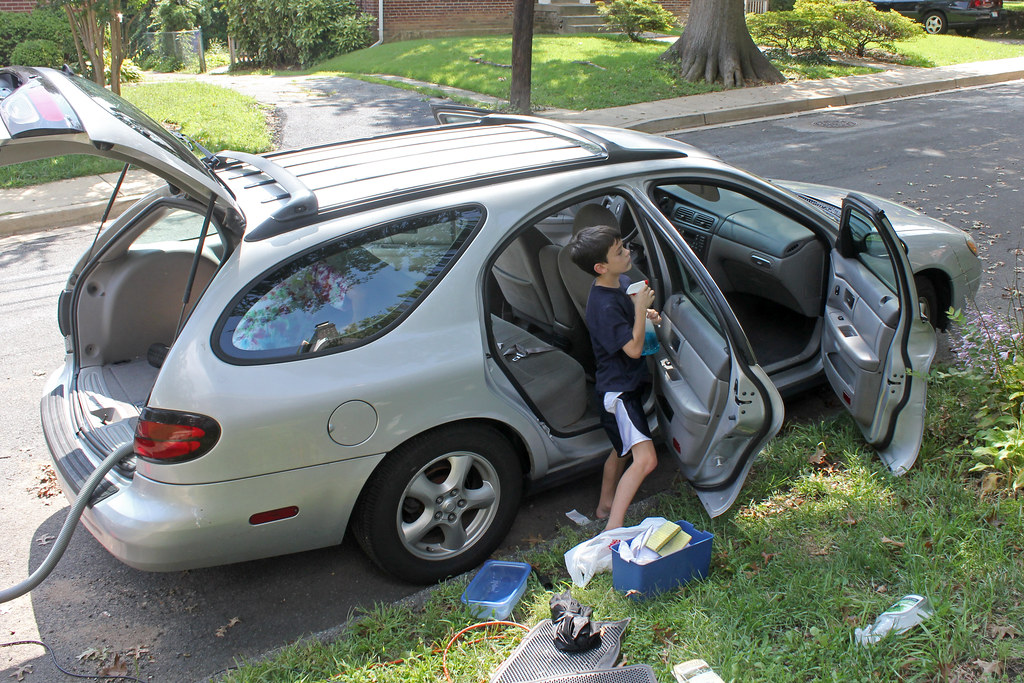
2. **The Essential First Step: Eliminating All Existing Odors**Before any attempt to introduce a “new car” fragrance, the critical foundation for odor restoration is the complete elimination of all existing, undesirable smells. This non-negotiable initial step is consistently emphasized by professional detailers. It is impossible to effectively layer a new, pleasant scent on top of old, stale odors and expect lasting, positive results.
The objective is to create a completely neutral canvas within your car’s interior. This means moving beyond superficial treatments and addressing the root causes of any unpleasant smells. Odors cling tenaciously to various surfaces, items, and even the air circulating within the cabin. Without thoroughly purging these established odor sources, any newly introduced scent will inevitably combine with or merely mask the underlying problem. This leads to a quick return of the unwanted smell once the freshener dissipates.
Professional detailing wisdom dictates that a “true” new car smell, or at least the desirable sensation it evokes, stems from perfect cleanliness. This comprehensive reset prepares the vehicle’s environment to genuinely receive and hold a fresh aroma. Therefore, the initial focus must be on exhaustive odor removal, rather than immediate scent introduction. This foundational step is where the real work begins, requiring diligence and attention to detail for a solid, clean base.
Read more about: Why Meal Prepping This Weekend Will Transform Your Health, Wallet, and Weeknights!
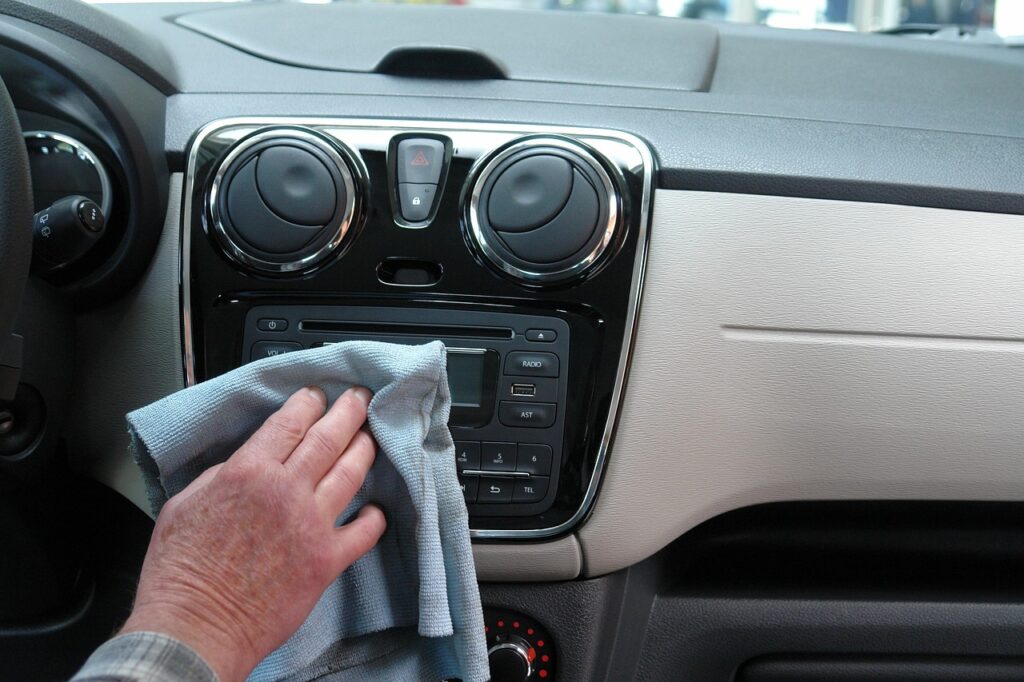
3. **A Deep Dive into Interior Cleaning: Trash, Vacuuming, and Wiping Surfaces**Creating a neutral canvas begins with comprehensive clutter removal and thorough physical cleaning of every interior surface. Professional detailers always start by removing all trash and clutter, understanding odors readily cling to these items. Clear out everything—food wrappers, gym bags, loose papers, and anything else that doesn’t belong. Then, remove floor mats, clean them thoroughly with a hose and brush, and sun-dry them completely to prevent mold or mildew.
Next, a comprehensive vacuuming of the entire interior is essential. This means using a powerful vacuum with crevice tools to reach deep between and under seats, along seat tracks, and into every seam of the upholstery where crumbs and pet hair hide. Do not overlook the trunk. Even the headliner, a large fabric surface, should be lightly vacuumed with care, as it traps airborne particles and odors.
Following vacuuming, every hard surface in the cabin requires a meticulous wipe-down. Use a quality, car-specific interior cleaner and a clean microfiber towel to address the dashboard, center console, door panels, and steering wheel. These high-contact areas accumulate hand grease, dust, and contaminants. For leather seats, use a dedicated leather cleaner and conditioner. Use multiple clean microfiber cloths to avoid spreading dirt. For a truly deep clean, consider steam cleaning carpets and fabric upholstery; high-temperature vapor effectively kills bacteria and mold.
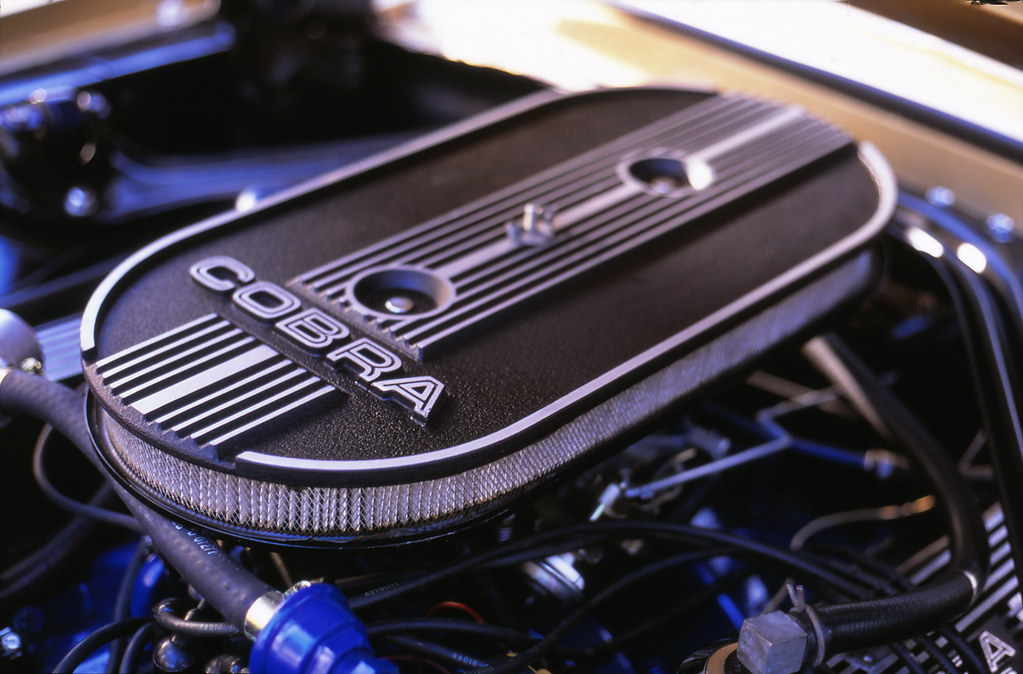
4. **Addressing Hidden Air Quality Issues: The Cabin Air Filter and A/C Ducts**Even after an exhaustive physical cleaning, a vehicle’s interior air quality can remain compromised if the HVAC system harbors unseen odors. A frequently overlooked, yet critical, component is the cabin air filter. These filters trap pollen, pollutants, dust, and odor molecules from the air entering your car’s cabin, preventing their circulation inside.
If your cabin air filter hasn’t been replaced within the last year, or within the manufacturer’s recommended interval (typically 15,000 to 30,000 miles), it can become clogged and saturated. This results in stale or musty smells circulating back into the vehicle. Replacing this filter is a straightforward, impactful step that dramatically improves air quality and the overall scent profile. Most cabin filters are conveniently located behind the glovebox for accessible replacement.
Beyond the filter, the A/C duct system itself can be a significant source of unpleasant odors. Excess moisture within the A/C unit often creates a breeding ground for mold and bacteria, leading to a persistent mildew smell, especially when the system is running. To address this, after replacing the cabin air filter, cleaning the A/C duct is essential for a truly fresh interior. This cleaning can often be done without extensive dashboard disassembly. Turn on the air-conditioner, set it to full-blast, and ensure recirculation is off to draw fresh air. Then, spray a quality disinfectant, such as Lysol, into the air intake system while the A/C runs. This allows the cleaning solution to circulate through the system and effectively remove odor-causing microorganisms.

5. **Accelerating Odor Release: The Power of Ventilation and Heat**Once physical cleaning and filter replacement are complete, the next crucial step in establishing an odor-free baseline is actively encouraging the release and removal of any remaining chemical smells and general mustiness. This process, often called accelerating off-gassing, is vital for ensuring trapped odors are expelled from the cabin. Ventilation plays a pivotal role, creating the airflow necessary to carry unwanted molecules away.
One of the most effective methods to achieve this is through aggressive ventilation. Driving with windows down as frequently as possible creates constant, powerful airflow that purges stagnant air and lingering smells. This simple habit significantly improves air quality and prevents odors from becoming deeply entrenched. The goal is to move as much air through the cabin as possible, pushing out old air and drawing in fresh.
Leveraging heat is another powerful technique to accelerate the off-gassing process. Parking your car in direct sunlight with the windows slightly open on a warm day acts as a natural catalyst. Increased temperature causes materials to release VOCs and other odor-causing compounds faster. This “baking out” method is highly recommended for purging stubborn odors from the interior.
Alternatively, running the car’s heater on high with the fresh air intake setting (not on recirculate) and windows cracked simulates a hot, sunny day. This method is useful in colder climates or during overcast periods. By forcing warm, fresh air through the system, it helps drive out trapped odors from fabrics, carpets, and the HVAC system, creating a more neutral environment ready for scent restoration.
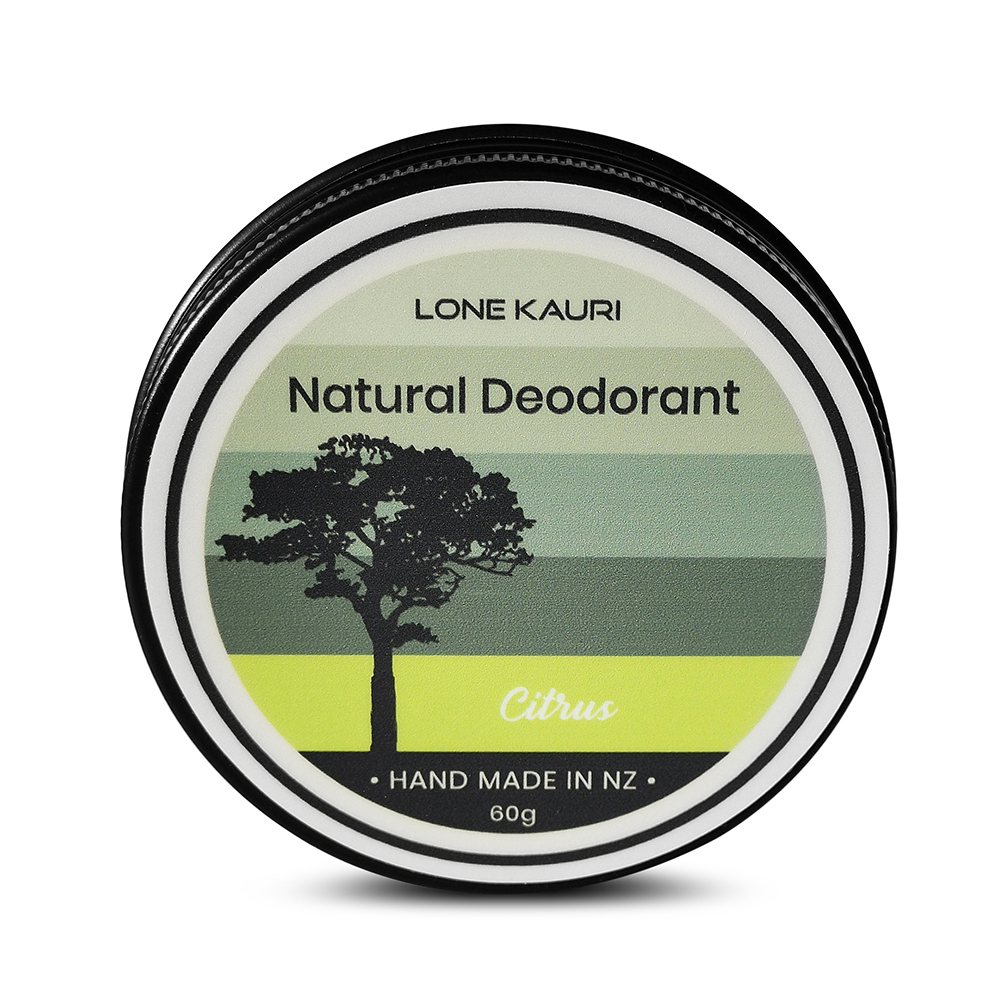
6. **Neutralizing Stubborn Scents: Leveraging Natural Deodorizers**Even after an intensive deep clean, microscopic odor molecules can persist, subtly clinging to fabric fibers or lingering in the cabin air. To tackle these tenacious remnants without harsh chemicals, natural deodorizers offer a highly effective and environmentally friendly solution. These absorbers work silently to neutralize any remaining stubborn odors, completing the critical foundation of an entirely odor-free interior.
The principle behind natural deodorizers is simple yet powerful: they absorb unwanted smells rather than merely masking them. Baking soda is a classic example and a powerhouse for this purpose. It can be liberally sprinkled on fabric surfaces like carpets and seats. After allowing it to sit for several hours, or even overnight, to draw out odors, a thorough vacuuming will remove the baking soda along with the absorbed smells, leaving the fabric refreshed and neutral.
Activated charcoal is another exceptional natural deodorizer, particularly effective for airborne odors. Placing bags of activated charcoal discreetly under the seats or in other inconspicuous areas continuously absorbs a wide array of smells without emitting any scent of its own. It acts as a passive, long-term solution for maintaining air purity, making it a favorite among those who prefer a truly neutral environment. These natural methods provide an excellent, low-cost means to ensure your vehicle is completely free of lingering, unwanted scents before introducing any desired fragrance.
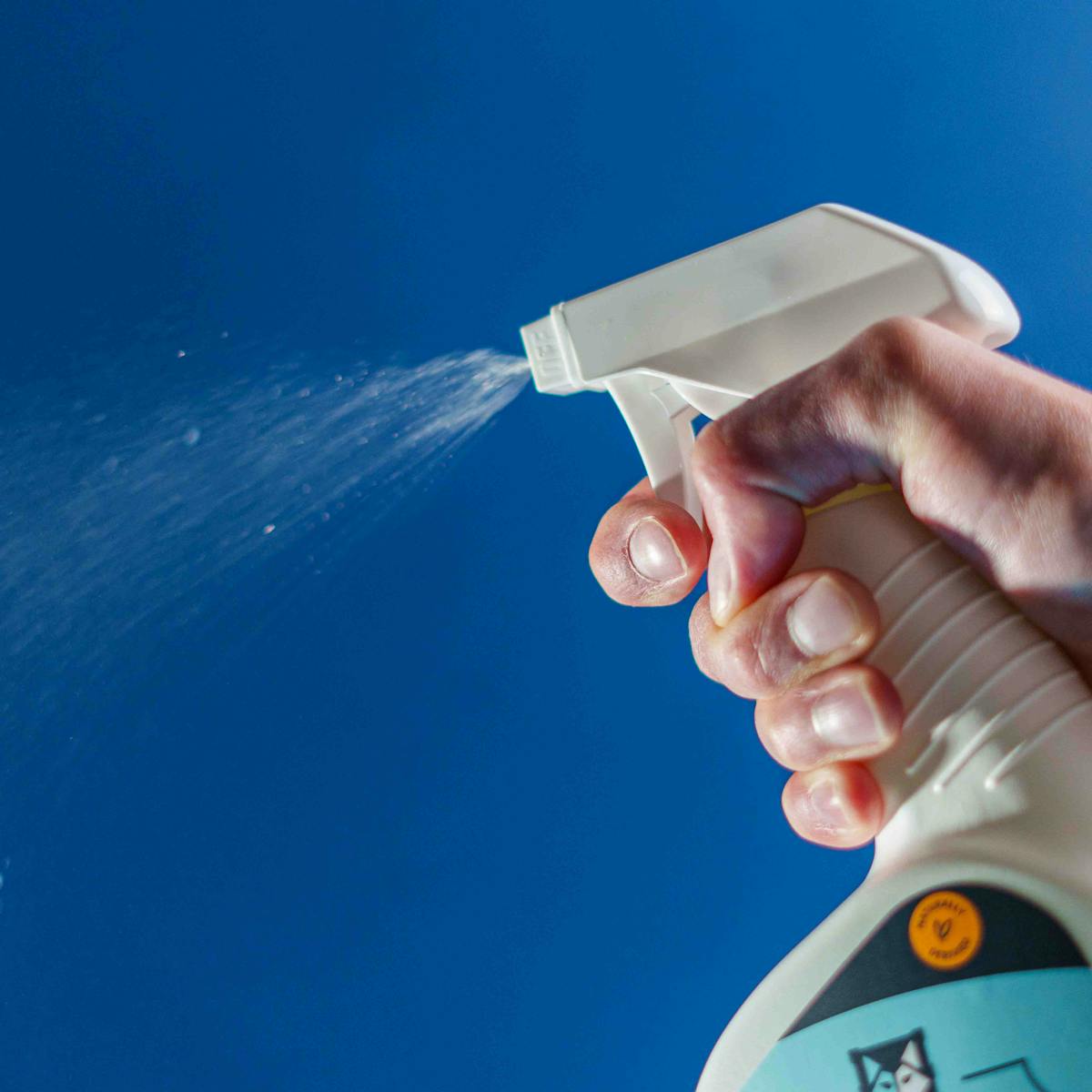
7. **Introducing the “New Car” Aroma: Selecting the Right Products**With your vehicle’s interior now a meticulously cleaned, truly odor-free slate, you can finally introduce the desired fragrance that evokes the “new car” sensation. This step isn’t about covering up problems, but enhancing an already pristine environment. Dealerships often combine rigorous deep cleaning with strategic application of high-quality, often enzyme-based, odor-eliminating sprays or specific “new car scent” products for this purpose.
When selecting a product, prioritize those that go beyond simple perfuming. Look for odor-eliminating sprays advertising “active enzymes” or “odor neutralization.” Brands like Chemical Guys New Car Smell are popular because they are formulated to chemically break down odor-causing bacteria and lingering molecules, rather than merely masking them. This enzymatic action is crucial for a truly lasting fresh scent that won’t quickly dissipate to reveal old odors.
For consistent, subtle scent delivery, consider vent clips, which release fragrance as air passes over them when your A/C or heat runs. Modern hanging fresheners from brands like FRSH Scents or Drift offer more sophisticated, less aggressive scent profiles than traditional options, suitable for a refined experience. Premium fresheners from Drift, for instance, utilize natural materials and refined scents for a subtle, high-end feel, often free from harsh chemicals. This final step creates an inviting atmosphere, reinforcing your thorough cleanliness.

